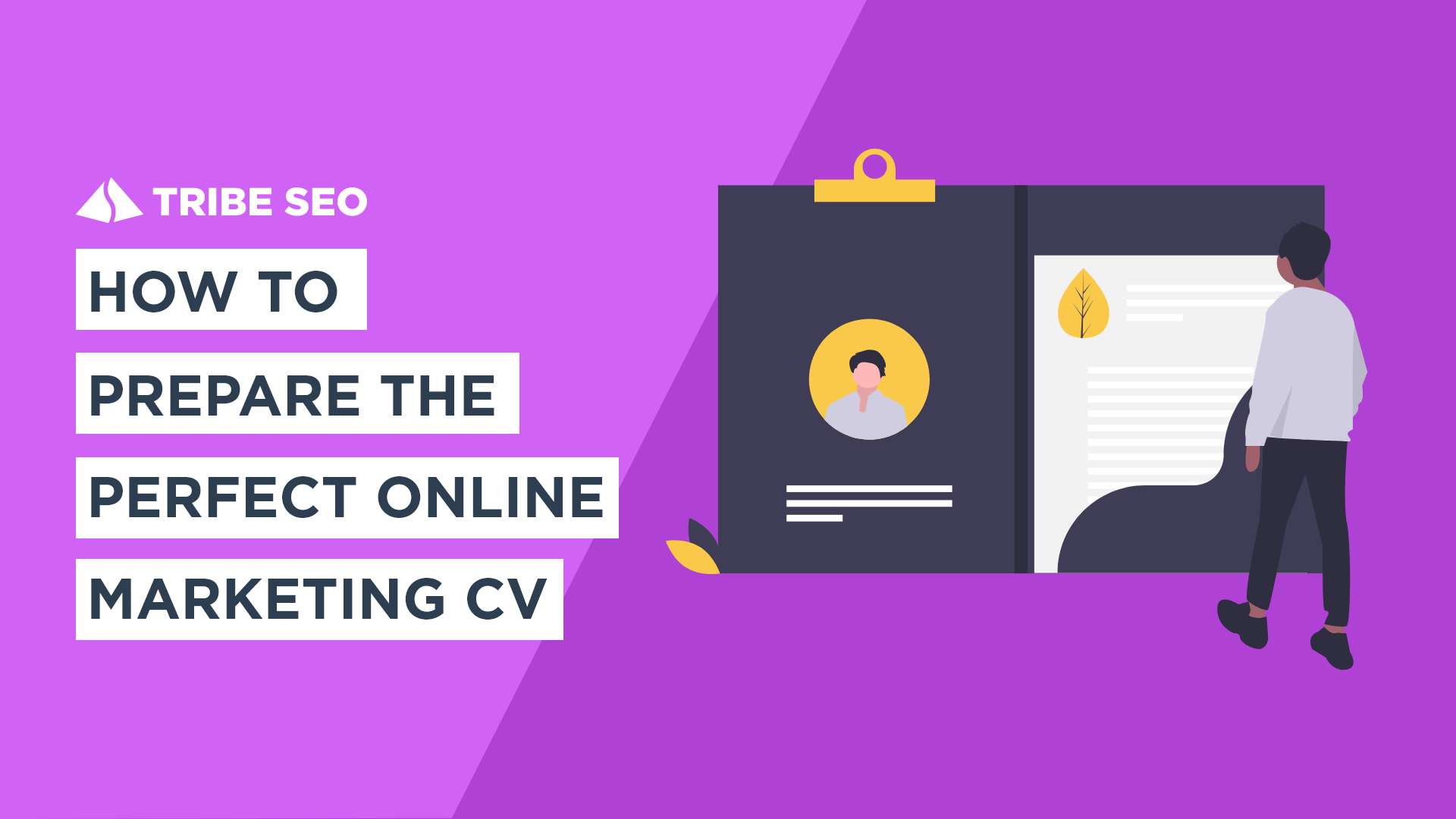 SEO intermediate training more
SEO intermediate training more
Brush up your SEO skills and learn new future-proof tips and techniques with our day-course. You’ll need a basic knowledge of SEO.

 Getting your CV right is crucial. If yours is woefully out of date, or in definite need of sprucing up, you may have found yourself putting off changing it.
Getting your CV right is crucial. If yours is woefully out of date, or in definite need of sprucing up, you may have found yourself putting off changing it.
Perhaps you don’t know where to begin, or you’re worried that you need to make drastic changes. We’ll take you step by step through the process of crafting your CV, so that you can be sure you’re giving yourself the best possible shot at success.
You may want to download our example CV before you begin: this will help you with getting the formatting and layout right. (Looks might not be everything – but they do help with that vital first impression.)
Tip: Writing your CV isn’t something you do just once. You should carefully tailor your CV to each new position that you apply for, making sure you highlight the most relevant points for that particular role.
If you’ve never written a CV before, or if yours is very out-of-date, you’ll need to hunt down certain key facts and figures before you begin. Depending on your educational and work history, these might include:
Tip: This is also a good opportunity to Google yourself – your potential employer will! If you’re not sure what to check for, or if you might need to clean up your online act, download our free guide on Reputation management.
There’s no one right way to order a CV, but most employers will expect to see certain basics, like your educational qualifications and a work history in chronological order – and organising your CV by skills instead may make your employer think you have something to hide. Robin Schlinger from CareerRealism explains:
The best modern resumes [CVs] are a combination of functional and chronological. They start with a paragraph or list summarizing your main areas of accomplishment and your most valuable skills. Under that comes a detailed job listing, with information on your achievements in each position, in reverse chronological order.
Your CV will need these key sections, usually in this order:
Tip: You can swap round your career history and educational history if the latter is stronger – try to get your best points nearer the start of the CV!
In recent years, having a “personal profile statement” at the start of a CV has become popular with job-applications; however, recruiters don’t necessarily pay much attention to this – and if it’s badly done, it may even count against you. Instead, follow this excellent advice from Harvey Nash:
A huge slab of text at the top of the page is not going to be read. Keep it to around three, bullet-pointed, sentences. One to outline in the most general terms your career to date including your current (or last) employer (“20 years experience in software sales culminating in the position of VP Sales at Widget plc”), one to highlight your most significant experience (“Spent five years as head of sales and marketing for EMEA for Widget plc”) and one of your most significant achievements (“Introduced new sales structure that increased year on year sales by 14 per cent with a cost reduction of three per cent”).
You may also want to take a look at this article in The Guardian by Elizabeth Bacchus, founder of The Successful CV Company.
You don’t need to include information on your hobbies and interests, unless these are relevant to the job. If you have only had one or two jobs in the past, you can include voluntary roles to help demonstrate your skills – e.g. if you’ve done online marketing for a club or group that you belong to.
It can be useful to include details of your referees on your CV; if you’re short on space, however, it’s fine to say “references available on request” or “details of referees available on request”.
Our example CV will help you to structure yours – all you need to do is remove our text and fill in your details.
In general, try to:
You may want to use bold or bold italics to highlight key information and to break up the text.
Careless mistakes could cost you the job. Attention to detail is important in many roles – and saying “I pay close attention to detail” won’t mean much if your CV is full of typos and errors. In How to write a successful CV before applying for a job, the BBC quotes Corinne Mills, managing director of Personal Career Management:
Poor spelling is the quickest way of getting a rejection.
When you’re editing your CV:
Don’t let your CV let you down. Take the time to create a really good basic CV, then tailor it to each job you apply for. It’s better to apply for three jobs with an excellent CV than to nine with a half-hearted effort.
If you’re still job hunting, check out Agency or In-House Job? 11 Key Considerations to Decide What’s Best for YOU.
Designed, Built and Optimised by Joe the SEO
© Tribe SEO is a registered UK Company (# 07455058). Privacy Policy and Terms.
This site is protected by reCAPTCHA and the Google Privacy Policy and Terms of Service apply.